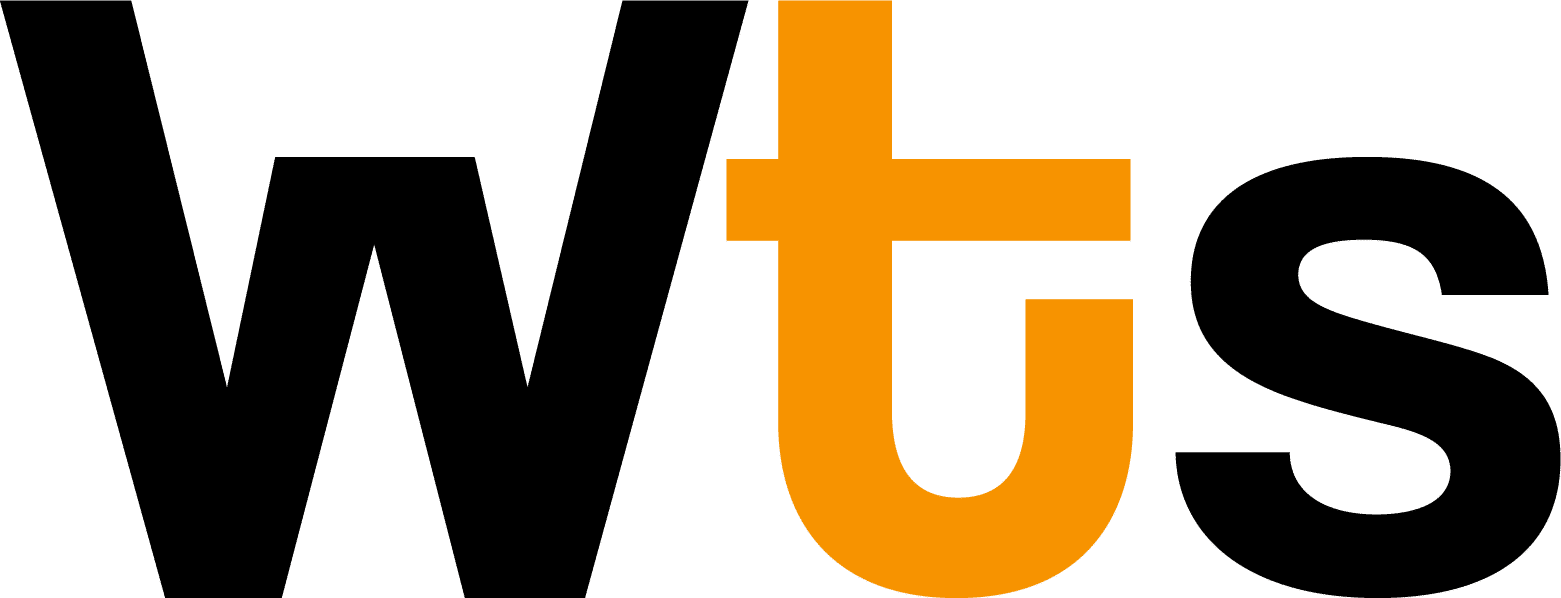In today’s market, demand fluctuations can pose significant challenges for supply chains. An insufficient stock of goods leads to lost sales opportunities, while excessive inventory results in unnecessary costs. Proactive supply chain planning and forecasting help avoid these issues by ensuring optimal distribution and seamless supply management.
Why Is Demand Forecasting Important?
Companies that rely solely on reacting to market changes often face unexpected disruptions. Accurate demand forecasting enables businesses to:
- Avoid stock shortages and excess inventory,
- Optimize storage and transportation costs,
- Adapt more quickly to market fluctuations.
The Role of Technology in Supply Chains
Artificial intelligence (AI) and data analytics allow for more precise demand forecasting, customer behavior analysis, and trend identification. By integrating IoT solutions and real-time data, businesses can enhance supply chain management, prevent disruptions, and respond to changes more effectively.
Optimizing Supply Chains for the Future
As supply chain management evolves, businesses that adopt data-driven planning strategies gain a competitive advantage. Implementing smart forecasting solutions leads to increased operational efficiency, reduced costs, and improved customer satisfaction.
By integrating advanced technologies and strategic forecasting methods, companies can build a resilient and efficient supply chain, ensuring stability even in fluctuating market conditions.
